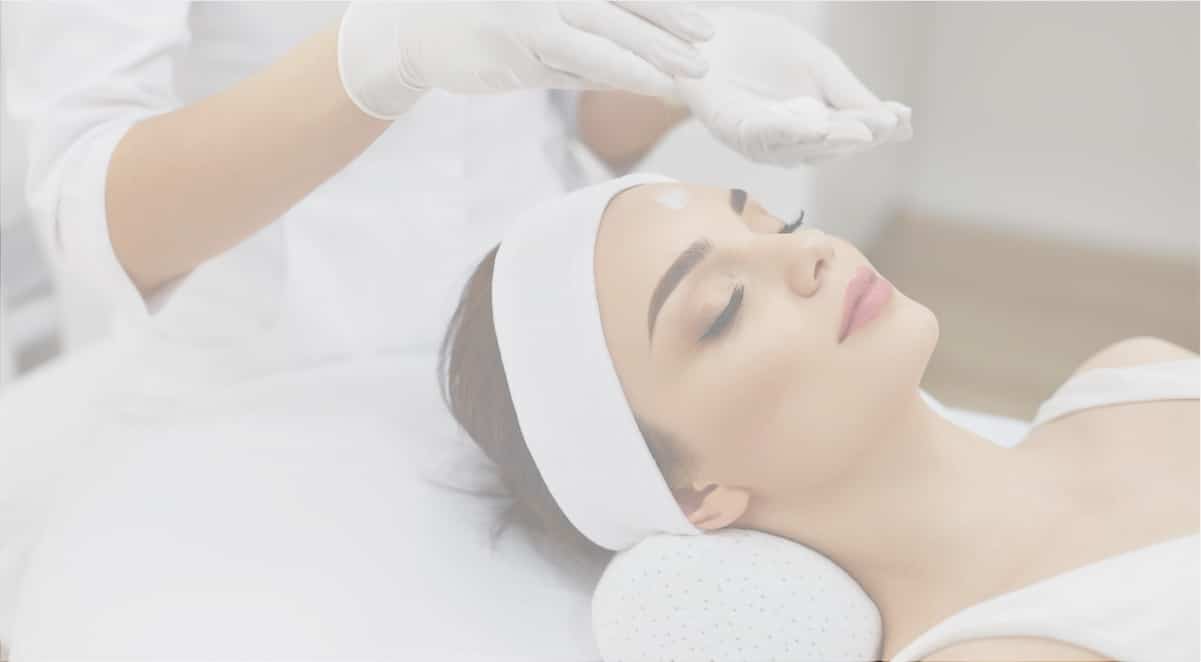
What Is Dermaplaning?
An exfoliating procedure for facial skin, dermaplaning removes the outermost layers of dead skin cells, along with “peach fuzz” facial hair to reveal revitalized smoother, brighter, softer skin with no recovery or downtime. Dermaplaning helps reduce the appearance of acne scars, wrinkles and uneven skin tone. Even pregnant women or people with sensitive skin or mild rosacea can benefit from this simple and gentle procedure. Give your skin the rejuvenating lift it’s been asking for.
It’s always a good idea to talk to a dermatologist about dermaplaning as a skin treatment. It’s one of the procedures we commonly recommend at our Mt. Vernon cosmetic dermatology clinic, but it’s not the only type of exfoliating treatment available.
What are the Benefits?
Softened and lessened appearance of fine lines and wrinkles
Minimized appearance of pores
More even skin tone and improved skin texture
Alleviation of hyperkeratosis, which contributes to a dull complexion and acne
Deeper penetration of products into the skin
Better, flawless effects with makeup
How can I Achieve Optimal Results?
The dead skin cells removed by dermaplaning regenerate in about three weeks, so best results are achieved with treatments every three to four weeks.
What Happens During Dermaplaning?
Your skin will be thoroughly cleansed and dried. A licensed esthetician will pull an area of skin taut and use short swift upward featherlike strokes with a sterile surgical scalpel to scrape off dead skin cells and fine hair. The sensation is similar to a razor when shaving your legs. There is almost no discomfort. The treatment takes about 45 minutes.
What’s the Difference between Dermaplaning and Microdermabrasion and Peels?
Dermaplaning scrapes off the outermost layers of skin with a special surgical tool; microdermabrasion uses fine particles and pressure to sand off the outermost layers of skin; skin peels use specially formulated chemicals to remove these skin layers. Microdermabrasion typically takes several treatments for the best results, but then the benefits may last a few months, instead of a few weeks. Skin peels can be applied in about an hour with no downtime. All are considered non-invasive exfoliating treatments with minimal risk. A consultation with a dermatologist can help you determine which one is right for you.
What are the Side Effects of Dermaplaning?
With minimal risk, the side effects of dermaplaning are generally mild and temporary. Redness or patchy discoloration may appear in the hours after treatment but typically fade and disappear within a day or so. Likewise, while dermaplaning can be beneficial for any skin type including sensitive skin, it may irritate severe rosacea or active acne outbreaks. Your skin will also be very sensitive to sun exposure, so you must wear a broad-spectrum sunscreen. Some of the more serious side effects that are associated with dermaplaning, such as infection and scarring, are more common with ill-advised DIY home treatments. In the hands of a professional, the negative side effects of dermaplaning are easily minimized.
What’s the Recovery Time?
You can immediately return to your daily routine and social activities. Vellus “peach fuzz” hair will grow back at the same texture and rate as before the treatment; it will not grow back thicker or more quickly.
Contact us to schedule your consultation today.